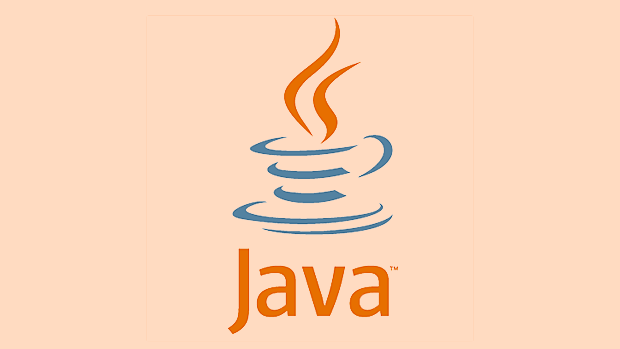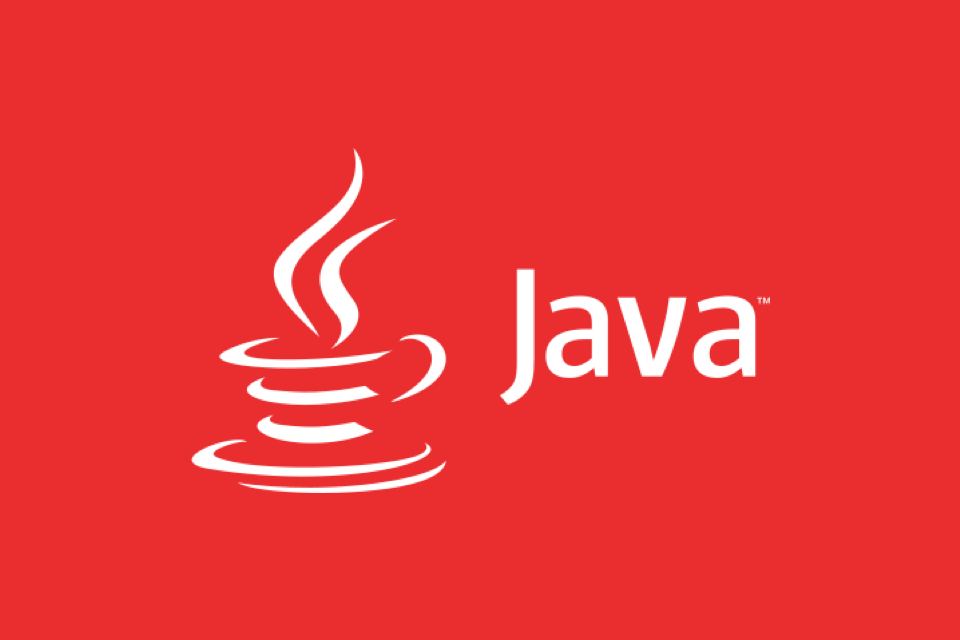Java's Socket programming is suitable for building TCP or UDP-based network applications. 1. ServerSocket and Socket are used for TCP to ensure reliable connections; 2. DatagramSocket is used for UDP, suitable for scenarios with high real-time requirements. When writing a TCP application, the server listens and accepts connections through ServerSocket, and the client connects actively through Socket. To handle multiple clients, concurrent connections can be managed using threads or thread pools. Notes include avoiding port conflicts, handling exceptions, closing resources and setting timeouts to ensure program stability and efficiency.

Java's Socket programming is the basis for building network applications, and is especially suitable for scenarios where underlying communication control is required. If you want to use Java to build a network application based on TCP or UDP, Socket is a core technology that cannot be avoided.

Understand Socket Types in Java
Java provides two main Socket types: ServerSocket and Socket (for TCP), and DatagramSocket (for UDP). TCP is a connection-oriented and reliable protocol that is suitable for scenarios where data integrity is required; UDP is lighter and suitable for situations where real-time requirements are high, such as audio and video transmission.

- TCP related categories :
-
ServerSocket: Used to listen to client connections on the server. -
Socket: represents the connection between the client and the server.
-
- UDP related categories :
-
DatagramSocket: Send and receive packets. -
DatagramPacket: Encapsulates the data to be sent or received.
-
Understanding the basic uses of these classes is a prerequisite for starting to write code.
Write a simple TCP server and client
Building a TCP application usually includes two parts: the server waits for connection and the client actively connects.

Server-side steps:
- Create
ServerSocketand bind the port. - Call
accept()method to wait for the client to connect. - Get input and output streams and read and write data.
- Close the connection.
ServerSocket serverSocket = new ServerSocket(8080); Socket socket = serverSocket.accept(); BufferedReader in = new BufferedReader(new InputStreamReader(socket.getInputStream())); System.out.println(in.readLine());
Client steps:
- Creates
Socketconnection to the specified address and port. - Get the output stream and send data.
- Close the connection.
Socket socket = new Socket("localhost", 8080);
PrintWriter out = new PrintWriter(socket.getOutputStream(), true);
out.println("Hello Server");Although the example above is simple, it shows the basic process of establishing connections and communications.
Handle multi-client connections
By default, ServerSocket can only handle one client connection. If you want to support multiple clients at the same time, you need to introduce a threading mechanism.
A common practice is to start a new thread to handle the connection whenever a new connection comes:
while (true) {
Socket socket = serverSocket.accept();
new Thread(() -> {
try {
// Process client request} catch (IOException e) {
e.printStackTrace();
}
}).start();
}This allows the server to continuously listen for new connections without being blocked by the operation of a certain client. Note that thread management issues should be considered here, such as using thread pools to avoid resource exhaustion.
In addition, it is also possible to consider using Selector in NIO (Non-blocking IO) to implement a more efficient concurrency model, but this requires more complex logical design.
Notes and FAQs
- Port conflict : Make sure that the port number you are using is not occupied by other programs.
- Exception handling : Network operations are prone to errors, be sure to catch and handle
IOException. - Close resources : After each communication is completed, remember to close
Socketand related streams, otherwise it may cause resource leakage. - Timeout setting : You can set the connection timeout time for
Socketto prevent indefinite waiting.
For example, setting the connection timeout:
Socket socket = new Socket();
socket.connect(new InetSocketAddress("example.com", 80), 5000);This will attempt to connect within 5 seconds, and an exception will be thrown if it fails.
Basically that's it. Although Java's Socket programming seems basic, it is very practical in actual development. As long as you master the basic processes and precautions, you can write a stable-operating network application.
The above is the detailed content of Building Network Applications with Java Sockets. For more information, please follow other related articles on the PHP Chinese website!

Hot AI Tools

Undress AI Tool
Undress images for free

Undresser.AI Undress
AI-powered app for creating realistic nude photos

AI Clothes Remover
Online AI tool for removing clothes from photos.

Clothoff.io
AI clothes remover

Video Face Swap
Swap faces in any video effortlessly with our completely free AI face swap tool!

Hot Article

Hot Tools

Notepad++7.3.1
Easy-to-use and free code editor

SublimeText3 Chinese version
Chinese version, very easy to use

Zend Studio 13.0.1
Powerful PHP integrated development environment

Dreamweaver CS6
Visual web development tools

SublimeText3 Mac version
God-level code editing software (SublimeText3)

Hot Topics
 Difference between HashMap and Hashtable?
Jun 24, 2025 pm 09:41 PM
Difference between HashMap and Hashtable?
Jun 24, 2025 pm 09:41 PM
The difference between HashMap and Hashtable is mainly reflected in thread safety, null value support and performance. 1. In terms of thread safety, Hashtable is thread-safe, and its methods are mostly synchronous methods, while HashMap does not perform synchronization processing, which is not thread-safe; 2. In terms of null value support, HashMap allows one null key and multiple null values, while Hashtable does not allow null keys or values, otherwise a NullPointerException will be thrown; 3. In terms of performance, HashMap is more efficient because there is no synchronization mechanism, and Hashtable has a low locking performance for each operation. It is recommended to use ConcurrentHashMap instead.
 What are static methods in interfaces?
Jun 24, 2025 pm 10:57 PM
What are static methods in interfaces?
Jun 24, 2025 pm 10:57 PM
StaticmethodsininterfaceswereintroducedinJava8toallowutilityfunctionswithintheinterfaceitself.BeforeJava8,suchfunctionsrequiredseparatehelperclasses,leadingtodisorganizedcode.Now,staticmethodsprovidethreekeybenefits:1)theyenableutilitymethodsdirectly
 How does JIT compiler optimize code?
Jun 24, 2025 pm 10:45 PM
How does JIT compiler optimize code?
Jun 24, 2025 pm 10:45 PM
The JIT compiler optimizes code through four methods: method inline, hot spot detection and compilation, type speculation and devirtualization, and redundant operation elimination. 1. Method inline reduces call overhead and inserts frequently called small methods directly into the call; 2. Hot spot detection and high-frequency code execution and centrally optimize it to save resources; 3. Type speculation collects runtime type information to achieve devirtualization calls, improving efficiency; 4. Redundant operations eliminate useless calculations and inspections based on operational data deletion, enhancing performance.
 What is an instance initializer block?
Jun 25, 2025 pm 12:21 PM
What is an instance initializer block?
Jun 25, 2025 pm 12:21 PM
Instance initialization blocks are used in Java to run initialization logic when creating objects, which are executed before the constructor. It is suitable for scenarios where multiple constructors share initialization code, complex field initialization, or anonymous class initialization scenarios. Unlike static initialization blocks, it is executed every time it is instantiated, while static initialization blocks only run once when the class is loaded.
 What is the Factory pattern?
Jun 24, 2025 pm 11:29 PM
What is the Factory pattern?
Jun 24, 2025 pm 11:29 PM
Factory mode is used to encapsulate object creation logic, making the code more flexible, easy to maintain, and loosely coupled. The core answer is: by centrally managing object creation logic, hiding implementation details, and supporting the creation of multiple related objects. The specific description is as follows: the factory mode handes object creation to a special factory class or method for processing, avoiding the use of newClass() directly; it is suitable for scenarios where multiple types of related objects are created, creation logic may change, and implementation details need to be hidden; for example, in the payment processor, Stripe, PayPal and other instances are created through factories; its implementation includes the object returned by the factory class based on input parameters, and all objects realize a common interface; common variants include simple factories, factory methods and abstract factories, which are suitable for different complexities.
 What is the `final` keyword for variables?
Jun 24, 2025 pm 07:29 PM
What is the `final` keyword for variables?
Jun 24, 2025 pm 07:29 PM
InJava,thefinalkeywordpreventsavariable’svaluefrombeingchangedafterassignment,butitsbehaviordiffersforprimitivesandobjectreferences.Forprimitivevariables,finalmakesthevalueconstant,asinfinalintMAX_SPEED=100;wherereassignmentcausesanerror.Forobjectref
 What is type casting?
Jun 24, 2025 pm 11:09 PM
What is type casting?
Jun 24, 2025 pm 11:09 PM
There are two types of conversion: implicit and explicit. 1. Implicit conversion occurs automatically, such as converting int to double; 2. Explicit conversion requires manual operation, such as using (int)myDouble. A case where type conversion is required includes processing user input, mathematical operations, or passing different types of values ??between functions. Issues that need to be noted are: turning floating-point numbers into integers will truncate the fractional part, turning large types into small types may lead to data loss, and some languages ??do not allow direct conversion of specific types. A proper understanding of language conversion rules helps avoid errors.
 Why do we need wrapper classes?
Jun 28, 2025 am 01:01 AM
Why do we need wrapper classes?
Jun 28, 2025 am 01:01 AM
Java uses wrapper classes because basic data types cannot directly participate in object-oriented operations, and object forms are often required in actual needs; 1. Collection classes can only store objects, such as Lists use automatic boxing to store numerical values; 2. Generics do not support basic types, and packaging classes must be used as type parameters; 3. Packaging classes can represent null values ??to distinguish unset or missing data; 4. Packaging classes provide practical methods such as string conversion to facilitate data parsing and processing, so in scenarios where these characteristics are needed, packaging classes are indispensable.






